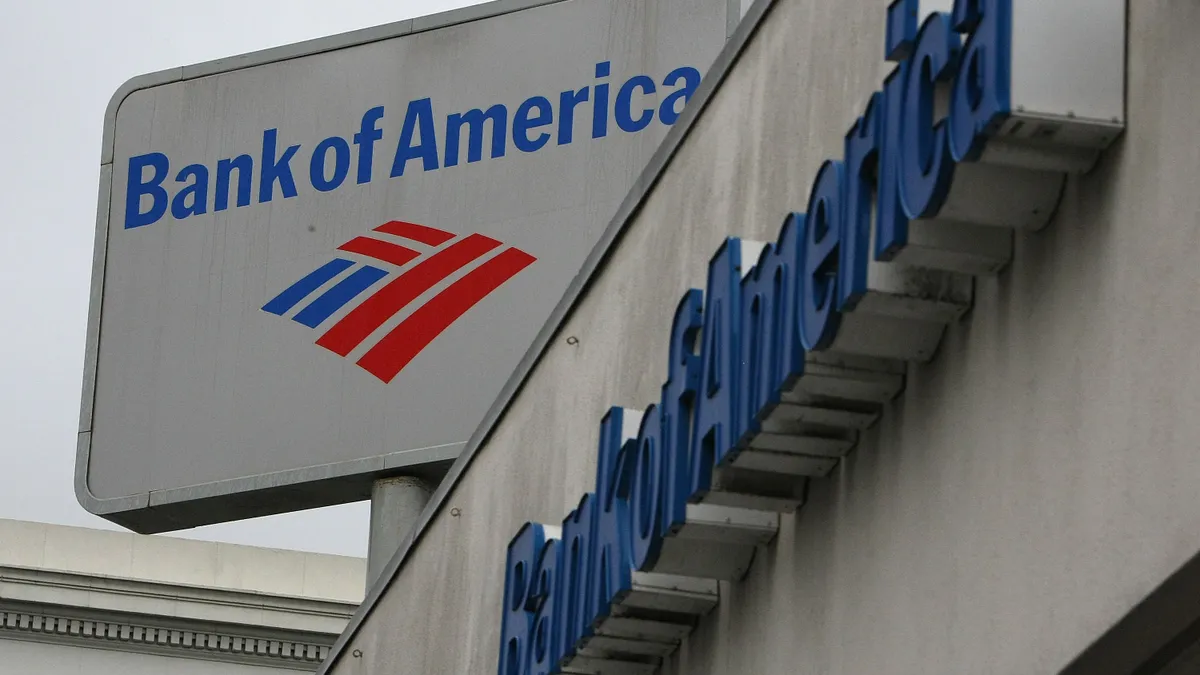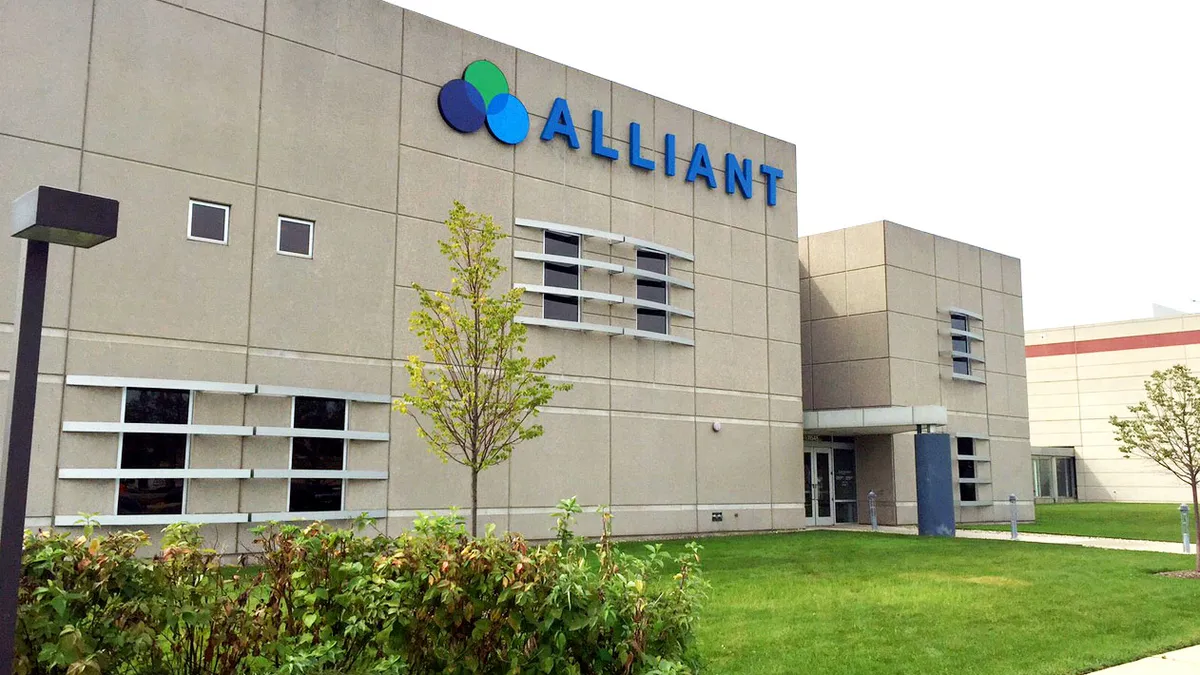Correction: An earlier version of this story misstated the percentage of Bank of America's operating revenue that derives from overdraft fees. That percentage applies to deposit service charges and fees.
Bank of America has unveiled a new service, called Balance Connect, that allows customers to avoid overdraft fees. This move signifies a larger trend within the banking industry of reducing these fees, as recent upticks in regulatory scrutiny and burgeoning competitive pressures have led some financial institutions to lessen their reliance on these fees to pad their bottom lines.
Ordinarily, when a transaction is processed that exceeds a customer's available funds, Bank of America charges a $35 overdraft fee — a price point shared by many of the country's large banks, according to NerdWallet.
Now, the bank is offering its clients a way to cut that cost. Balance Connect lets customers link their checking accounts to a maximum of five other Bank of America accounts. If a Balance Connect customer attempts to overdraw their checking account, the service will automatically shepherd funds across accounts for a $12-per-transaction fee.
Recently, several other financial institutions have also begun to shift away from overdraft fees, as Democratic lawmakers set the their sights on refashioning the practice. A Morning Consult survey published in June found that 52% of U.S. adults believe overdraft fees are "an unfair penalty that disproportionately affects underprivileged customers."
Research by Oliver Wyman shows that "frequent overdrafters," people who overdraw their account at least once a month and comprise only 10% of mass market consumers, generate more than half of all overdraft fee income. The firm estimates that "frequent overdrafters 'pay for' the 60 percent of mass market account holders who do not generate enough in interest income or fees to cover their fully loaded cost."
Although some of the country's largest banks now offer services to help defray the cost of overdraft fees, in the past year banks across the country saw a 40% upsurge in overdraft fees.
A recent report by S&P Global indicates that between July 2020 and June 2021, Bank of America collected a higher volume of deposit service charges than any of the other largest four banks in the country. In that time span, the Charlotte, North Carolina-based bank garnered $2.37 billion in operating revenue from deposit service charges and fees, accounting for 3.7% of the bank's operating revenue. By comparison, according to S&P Global, that percentage, for Wells Fargo, is 3.1%; for JPMorgan Chase, 2.1%; and for Citi, 0.4%.
TD Bank levied the greatest percentage of deposit service charges among large banks, at 8.9% of their operating revenue. The bank in June, debuted a deposit account that doesn't allow customers to overdraft.
In a similar vein, Bank of America launched SafeBalance Banking in 2014, an account that also doesn't charge overdraft fees by default. In the past year, the popularity of SafeBalance Banking surged by 40%, and more than 3 million accounts have been opened, Bloomberg reported.
"We want to give clients the solutions to be able to avoid these kinds of fees wherever, whenever possible," Steve Boland, Bank of America's president of retail, told the wire service.























